How to properly plant cilantro seeds outdoors?
Cilantro seeds - coriander - a favorite seasoning of the inhabitants of Georgia, Asia, India. It has spread all over the world, and Russians are familiar mainly thanks to Borodino bread. Spicy fragrant peas are sprinkled on baked goods. The seeds are added to meat dishes and vegetable stews.
Not only cilantro seeds, but also greens have a spicy taste and useful properties. In general, this plant is unpretentious, and many grow it in beds in the open field. We offer you to find out all the subtleties of sowing and harvesting cilantro.
What does cilantro look like in the garden?
Cilantro is popularly called Chinese parsley. This is because she looks almost the same in the garden. Their leaves are the same - three-part, coarsely dissected. The lower ones have petioles, while the upper ones sit directly on the stems and are distinguished by a more elongated shape. The stem of the cilantro is straight, it can reach a height of 40–70 cm. When the time of flowering comes, an umbrella appears at the top, and then small white-pink flowers. The fruits (seeds) are quite large in size - from 2 to 8 mm.
A distinctive feature of cilantro is a strong, pungent smell. Some people find it delicious and appetizing, while others consider the seasoning insanely smelly, giving off bedbugs. According to one version, the name of the plant comes from the Greek word "koris", which means "bug". The younger and fresher the cilantro, the more expressive its aroma. Matured and dried seasoning smells better.
The correct name for the spice is coriander (Latin Coriandrum sativum). The leaves of a plant are called cilantro. In general, he has more than a dozen names: kishnets, kolyandra, hamem, shlendra, sancha, chilantro, kuzbara, kashnishis and others.
Where does it grow?
The homeland of coriander is the Eastern Mediterranean, from where it spread throughout the globe - to Europe, Australia, America, New Zealand. According to literary sources, the spice began to be grown in Russia in the 18th century. In the 30s. In the 19th century, crops have already become widespread. Today cilantro is widely cultivated in the CIS countries. The plant feels great in the North Caucasus, in the center and southeast of Russia, even in Yakutia (in the central regions). And in the southern regions - in the Crimea, Central Asia and the Caucasus - coriander even managed to run wild.
How does it grow?
Coriander is an annual herb. It grows long enough. After sowing in open ground, seedlings appear in about 3 weeks. Kinza rises amicably. Every day the sprouts are gaining green mass and juiciness. From the appearance of the first shoots to the maturity of greenery, it takes 20 to 40 days. Then flowering begins, fruits are tied. Seeds are harvested in late summer - mid-autumn, when 60–70% of the planting will turn yellow and dry. Plants ripen unevenly.
Some time ago, kolyandra was called a weed, it was advised to weed anise and other plants from it as often as possible. It can really spread independently on the site, run wild.
How to grow in a vegetable garden?
To begin with, you will need to purchase seed at a special outlet. You can use your own harvested seeds. The main thing is that they are full-bodied, large. Such seeds are more viable, germinate faster and give better yields.
Growing and care in the open field is reduced to the following algorithm:
- Choose a location. Due to the slow germination of seeds, cilantro is afraid of weeds. Under it you need to allocate the most clean area. It grows well in the country after cucumbers, zucchini, squash, garlic, onions. Illumination should be good.Do not grow greens under a tree or in the shade of a house. But partial shade is allowed, especially in hot regions.
- Prepare the soil. Cilantro loves moist, loose soil. The soil is loosened to a depth of 6–8 cm and fertilizers are applied at the same time. The plant responds best to nitrogen fertilizers, slightly worse to phosphorus fertilizers. For example, 20 g of urea and 30 g of superphosphate can be used per square meter. Manure, diluted poultry droppings, rotted compost are best introduced in advance, in the fall for digging.
- Plant the seeds. There are 2 ways of sowing coriander in open ground - solid row (15 cm) and wide row (45 cm). Plant the seeds in moist soil. Make grooves 4–6 cm deep, keeping a 20–60 cm distance between rows. Pour out the seeds, sparsely - about 1 pea per 8-13 cm2, or 3 g per 1 m2... Dig in carefully.
- Pull up the weeds. As already mentioned, cilantro sprouts for a long time, weeds appear faster in the garden. Remove them promptly before they kill the spice.
- Water the cilantro. At the beginning of growth, it is very sensitive to lack of moisture. The beds must remain damp. If the weather is dry, watering should be carried out 1 time in 3 days, and after the appearance of flowers - 1 time in 8-10 days. If the ground is damp, there is no need to water.
- If the purpose of planting is to obtain greenery, it is necessary to regularly remove the emerging flower stalks. With their appearance, the taste of the leaves can deteriorate.
- The coriander is not fed during growth.
- Harvest on time. The green mass should not outgrow - when it reaches a height of 15–20 cm, it must be cut off. You also need to collect seeds in a timely manner. As they dry up, they will crumble to the ground and be carried by the wind throughout the garden.
Coriander should not be grown in the same location for 2 consecutive years. At least 3-4 years should pass. After it, it is best to plant corn, sunflowers, legumes, winter crops.
How to plant cilantro - subtleties
Coriander leaves and seeds are properly grown separately. If you collect the leaves first and then wait for the fruits, the plant will not have enough strength for full harvests.
How to plant seeds correctly?
- Seed preparation. In order for the cilantro to rise quickly, 3 days before sowing, it is subjected to air-thermal heating. Spread the peas in a layer of 5–7 cm and stir every 3 hours. Germination is accelerated by an average of 5 days. You can also use soaking, followed by keeping warm (18-24 degrees). After 4 days, the seeds are sown. They sprout up about a week faster.
- Sowing dates. Cilantro is a relatively cold-resistant plant. Seeds germinate at a temperature of 4-6 degrees. It is planted as soon as the ground thaws, around mid-March - early April (in different regions in different ways). Sowing work continues in spring and summer.
- The depth touched. It can vary from 2 to 5 cm. Shallow embedding is considered risky due to the fact that the soil in the upper layers dries out quickly. At a depth of 4–5 cm, moisture lasts longer. It is not recommended to exceed the depth of the touchdown 6 cm - the seedlings grow sparse.
It is recommended to plant cilantro on greens every 15–20 days until mid-October. Regular planting will ensure continuous maturation of the greens. The coriander planted in late autumn will successfully overwinter and will rise at the first warming. Sowing in open ground for seeds is recommended no later than June, so that the cilantro has time to rise, bloom and ripen.
How much cilantro grows?
The average ripening period for cilantro (leaves) is 40 days from sowing, and for coriander (seeds) - 90 days. Much depends on the type of plant, compliance with the growing rules and, finally, the weather:
- Seeds planted in warm weather germinate and yield 1.5–2 times faster harvest.
- Cilantro is quite demanding on light. Shady location, long-standing cloudy weather can delay the ripening of the crop by 20 days or more.
- To quickly get greens, they choose early ripe varieties "King of the Market", "Puchkovaya", "Borodinskaya", "Early", "Yantarny". They give a harvest on the 29-45th day from the moment of sowing.
- Coriander "Debut" blooms early and is excellent for growing for seeds.
There are leaf and seed varieties of cilantro. Choose your seeds correctly.
Harvesting and storage
It is not enough to grow cilantro, you still need to properly collect and prepare it.
How is the crop harvested and stored?
- Greenery. Cut with a sharp knife as soon as it reaches a height of 15–20 cm. There are 2 methods of cutting: 1 cm below ground level and incomplete cutting of a third of the greenery leaving shoots of 3–5 cm. In the first case, the cilantro no longer grows, and the garden bed can sown again. In the second, the plant will give greens 2-3 more times. For long-term storage, cilantro leaves are dried or frozen.
- Seeds. Harvesting is carried out when ripe a little more than half of the fruits. When 60% of the umbrellas turn brown, the plants are cut and hung to dry. A newspaper is laid under them to collect seeds. After 2 weeks, the inflorescences are rubbed with hands, and the material collected in the newspaper is sorted out, getting rid of the litter. The peas are stored in a dry glass container with a lid. The coriander seeds collected with their own hands remain viable for 3-4 years.
Cilantro seeds are perhaps the most versatile spice in the world. The technology of its cultivation in the open field is simple. Many plant it next to other herbs - parsley, onions, dill. Care for them is about the same. A few weeks, and you will get a fragrant seasoning - homemade, without a drop of chemicals, which means it is 100% healthy.

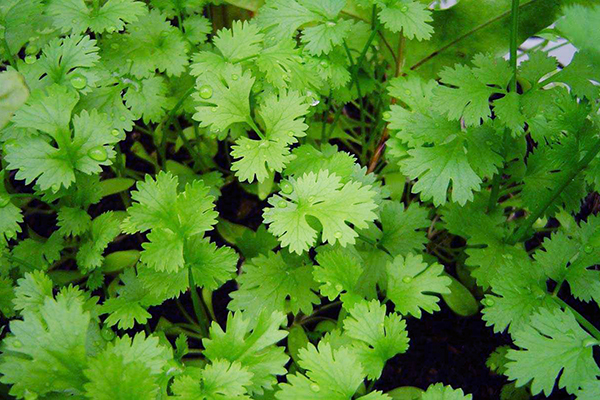
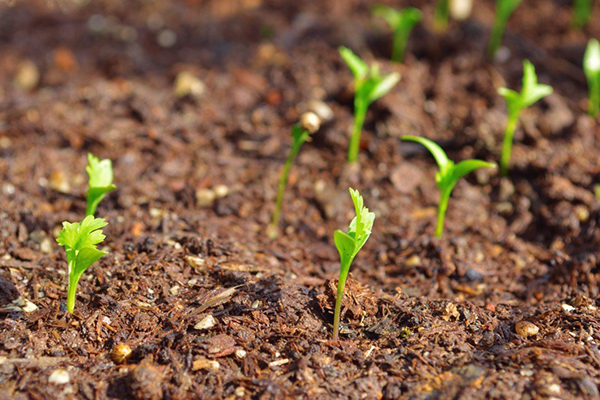
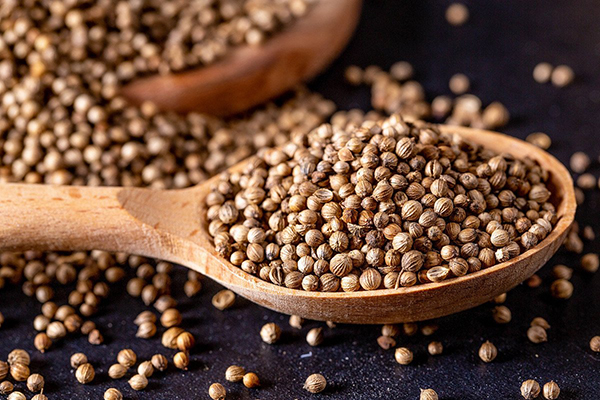
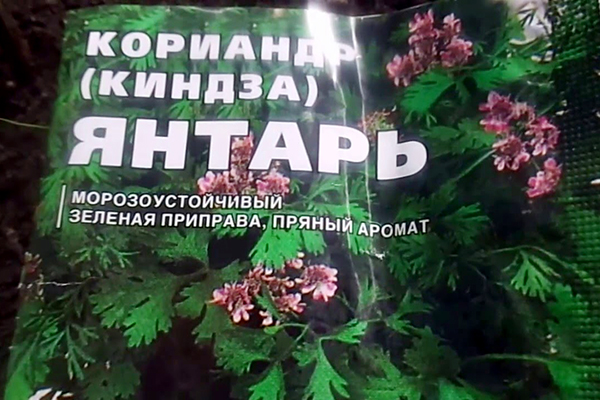

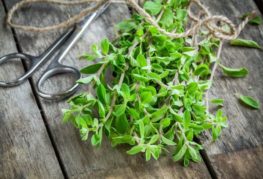

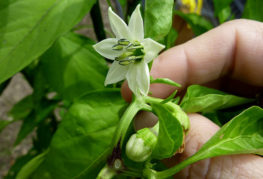
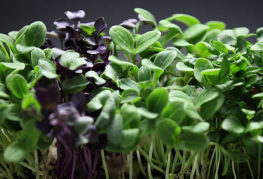
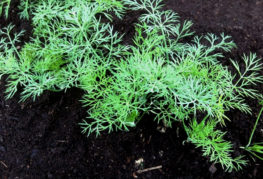
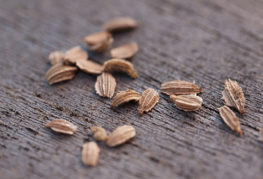
and will be published shortly.